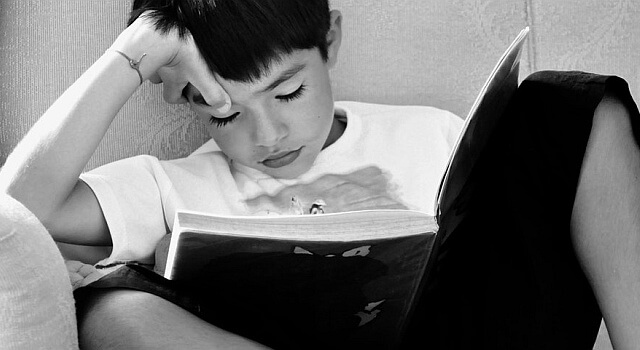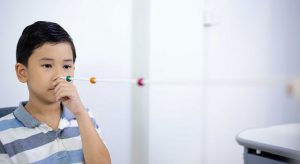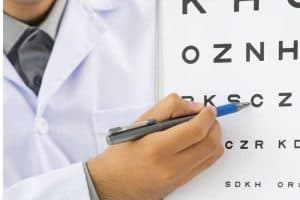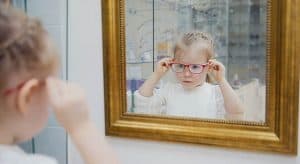University of Waterloo, Ontario Canada: ‘Kids with reading problems may have abnormal binocular vision’.
According to a new study by the University of Waterloo: Elementary school children who read below their grade level may have lower than expected binocular vision results, even if they see 20/20.
Summary from Dr. Lisa Chapman
Dr. Lisa Christian, lead researcher on the project and an Associate Clinical Professor at the School of Optometry and Vision Science, summarized the study with these two statements:
- “Kids can see words on the page, but if they have difficulty turning their eyes in to read, they may experience symptoms of eye strain, double vision or fatigue after 5 or 10 minutes”
- “It’s not just about visual acuity but about how well the eyes work together when performing an activity such as reading.”
Background
Researchers from the Faculty of Science, University of Waterloo, conducted a retrospective study of 121 children aged 6 to 14 who all had a reading-specific Individual Education Plan (IEP).
33% of these students had reduced binocular vision skills.
What are binocular vision problems?
Binocular vision anomalies are divided into three categories by optometrists: accommodation, vergence, and oculomotor – with symptoms often appearing benign or masquerading as other problems.
1. Accommodation (eye focusing)
Children with accommodative problems have difficulty focusing on objects that are close or far away, or moving their focus between objects such as a worksheet on their desk (near) and the blackboard (far).
2. Vergence (eye teaming)
Vergence problems affect children’s ability to turn their eyes inwards (converge) or outwards (diverge).
Children with convergence insufficiency, for example, have difficulty turning their gaze in to read.
After just 5 or 10 minutes of reading, they may experience symptoms such as headaches, fatigue or eye strain.
3. Oculomotor (eye tracking)
Oculomotor problems affect children’s ability to easily move their eyes across a page, either by small following eye movements (pursuits) or large eye jumps (saccades).
Children with these challenges are more prone to lose their place when reading, and will typically compensate by using their finger or a ruler.
Contact an eye doctor near you if you child is showing signs of a reading difficulty.
SEE RELATED: Healthy Eyes for Life: 10 Facts for School Children
Treatment
Fortunately, a child’s binocular vision skills can be significantly improved with specific optical lenses, such as prisms, or vision therapy.
In addition, optometrists experienced in managing children with reading issues can advise teachers on how to optimize the learning environment for these students.
What is vision therapy?
Vision therapy is a personalized program offered by specific optometrists which successfully improves the visual skills.
Over 80% of learning comes via our eyes, so any visual problem can have major consequences.
A vision therapy program is more than just eye exercise as the goal is to strengthen the eye-brain communications to treat a wide range of problems including lazy eye, eye turns and other binocular vision problems.
Once the student can use their eyes more effectively, often the reading, learning and attention all improve.
How do prisms work?
Wearing micro-prismatic lenses is an effective approach to treat binocular vision problems. These lenses are prescribed by optometrists to correct the misalignment of the eyes, which causes fatigue and eye strain.
When patients use their prescribed prism lenses, their symptoms usually fade over time or totally disappear – improving the reading and academic performance of the student.
LEARN MORE: Vision For School
Contact an eye doctor near you to start treatment for your child’s binocular vision problems.
University of Waterloo: Take home message
“Our take home message is: It is important for the optometrist to provide a binocular vision assessment in all children, especially those who have been identified with reading problems.”










